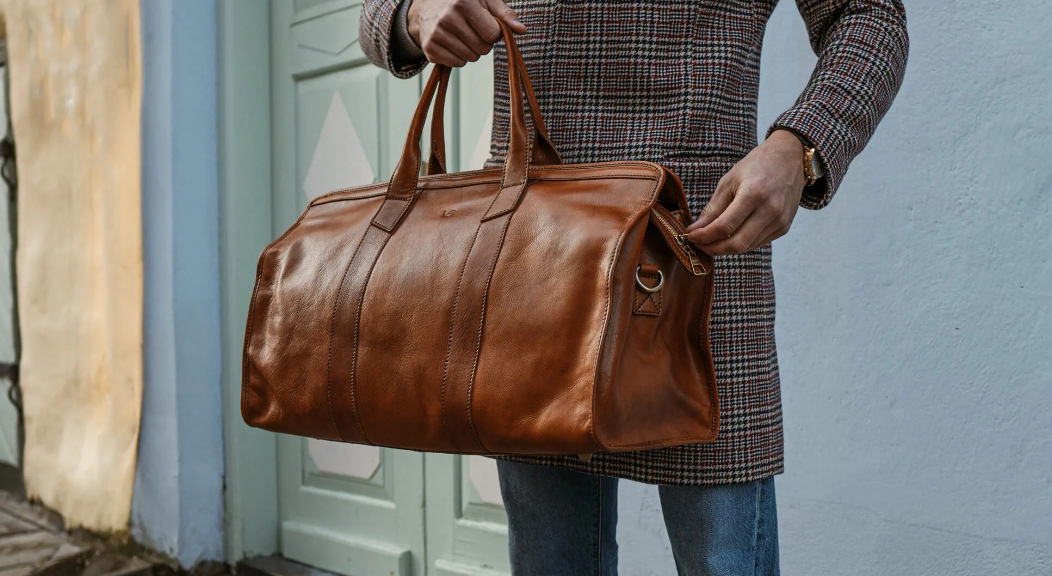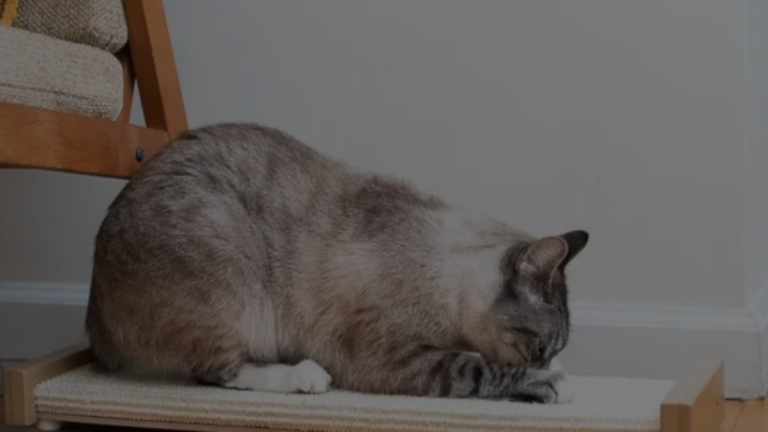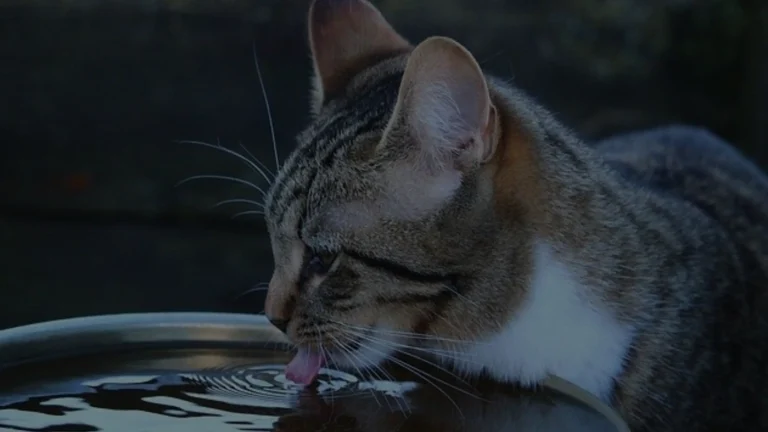Ah, cats. Adorable companions with playful personalities and… a penchant for turning your prized leather couch into their personal scratching post. While their intentions may be innocent, the sight of those unsightly scratches can leave you feeling frustrated and heartbroken. But don’t despair! Before you resign yourself to replacing your furniture, know that there are ways to repair your leather couch and restore its beauty.
This guide will equip you with the knowledge and skills to tackle cat-induced damage, from minor surface nicks to deeper gouges. Whether you’re a DIY enthusiast or prefer a professional touch, we’ll cover various approaches to fix your leather couch and save the day (and your bank account).
Understanding Your Leather
Before diving into repair strategies, it’s crucial to understand the type of leather you’re dealing with. This knowledge will guide you towards the most suitable repair methods and products:
- Full-grain leather: The top tier, features natural imperfections and a unique patina. Requires specialized care and professional repairs for deeper scratches.
- Top-grain leather: Similar to full-grain but with a more uniform appearance. More forgiving for DIY repairs.
- Corrected-grain leather: Has a buffed surface to conceal imperfections. Responds well to surface repair techniques.
- Bonded leather: Made from leather scraps and adhesives. Less durable and might require professional assistance for significant damage.

Assessing the Damage
Next, evaluate the severity of the scratches. This will determine the repair approach needed:
- Minor surface scratches: These are usually light nicks or scuffs and can often be addressed with DIY methods like leather conditioners or recoloring balms.
- Deeper scratches: These penetrate beyond the surface layer and might require filling and coloring techniques.
- Torn or ripped leather: Major damage like this likely necessitates professional repair or reupholstery.
DIY Repair Strategies
For minor scratches on top-grain or corrected-grain leather, consider these DIY approaches:
- Cleaning: Start by thoroughly cleaning the affected area with a mild leather cleaner. Remove any dirt or debris that might hinder the repair process.
- Leather conditioner: Apply a leather conditioner specifically formulated for your leather type. This helps soften the leather and make scratches less noticeable.
- Scratch removers: Certain leather scratch removers can buff away minor scratches. Choose one suited for your leather type and test it on an inconspicuous area first.
- Recoloring balms: These balms can blend in minor scratches by adding color pigment. Opt for a balm that closely matches your leather color.
Repairing Deeper Scratches
For deeper scratches that require more than surface-level fixes, here’s what you can do:
- Leather filler: Choose a leather filler compatible with your leather type and color. Apply it thinly to fill the scratch, following the product instructions carefully. Allow it to dry completely.
- Sanding: Once the filler dries, use fine-grit sandpaper to smooth the filled area and blend it seamlessly with the surrounding leather.
- Leather dyes or paints: If the filler doesn’t fully mask the scratch, apply a leather dye or paint that matches your leather color. Use a small brush and apply thin coats in a dabbing motion.

Professional Repair
For extensive damage, torn leather, or full-grain leather, seeking professional help is recommended. Experienced leather repairers have the expertise and tools to handle complex repairs, ensuring a quality outcome that preserves the value of your furniture.
Prevention is Key
While repairs can restore your leather couch, prevention is always preferable. Here are some tips to deter your feline friend from using your furniture as a scratching post:
- Provide scratching alternatives: Offer scratching posts in various textures and heights to cater to your cat’s preferences. Place them near your furniture and encourage their use with catnip or treats.
- Trim your cat’s nails: Regularly trimming your cat’s nails reduces the damage they can inflict. Ask your vet or groomer for assistance if needed.
- Redirect scratching behavior: When you catch your cat scratching the furniture, gently redirect them to their scratching post. Use positive reinforcement like praise or treats to encourage the desired behavior.

Remember: Patience and the right approach are key to fixing your leather couch and restoring its beauty. By understanding the damage, choosing the appropriate repair method, and implementing preventive measures, you can ensure your feline friend and your furniture coexist peacefully.
Resources & References
- https://www.humanesociety.org/resources/trimming-cats-claws
- https://swyfthome.com/blogs/lifestyle/leather-sofa-repair
- https://eikenshop.com/blogs/leather-guide/leather-repair
- https://www.amazon.com/Angelus-Repairing-Scratches-Furniture-Flexible/dp/B0BT8CCBNL
- https://www.furnitureclinic.com/leather-recoloring-balm
- https://www.leathernaturally.org/news-events/news/bonded-leather-what-you-need-to-know-about-bonded-leather/
FAQs About Fixing Cat Scratches on Your Leather Couch
Can I use olive oil or petroleum jelly to fix cat scratches on my leather couch?
While these household items might seem like quick fixes, they are not recommended for leather repair. Olive oil can leave greasy stains and attract dirt, while petroleum jelly can soften the leather and make the scratches worse. Stick to products specifically formulated for leather care and repair.
How can I tell if my leather couch is full-grain, top-grain, or corrected-grain?
Identifying your leather type is crucial for choosing the right repair methods. Look for information tags on the furniture or consult the manufacturer’s website. If unsure, consult a professional for accurate identification.
Are there any DIY scratch repair kits available?
Yes, numerous DIY leather repair kits are available online and in stores. These kits typically include filler, dyes, and tools for minor scratches. Choose a kit specifically designed for your leather type and ensure it addresses the depth of the damage you’re trying to fix.
How much does professional leather repair cost?
The cost of professional repair depends on the extent of the damage, the size of the furniture, and the leather type. Expect to pay anywhere from $50 to $500 or more for complex repairs. Consider getting quotes from different repair specialists before deciding.
Can I use fabric glue to fix torn leather on my couch?
While fabric glue might seem like a temporary fix, it’s not a long-term solution for leather repairs. Fabric glue can damage the leather further and make professional repair more difficult. Opt for professional adhesives specifically designed for leather repair.
What are some alternative scratching deterrents for my cat besides scratching posts?
Cardboard boxes filled with crumpled paper, sisal mats, and scratching ramps can be appealing alternatives to your furniture. Experiment with different textures and placements to find what your cat prefers. Regularly sprinkle catnip on the scratching posts to attract their attention.







